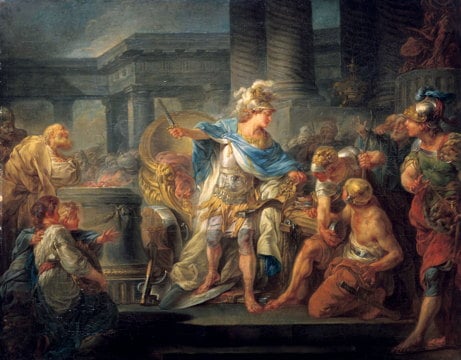

The Pack contains associated resources for the learning experience, typically in the form of articles and videos. There is a teacher Pack (with only teacher information) and a student Pack (which contains only student information). As a teacher, you can toggle between both to see everything.
Here are the teacher pack items for Modern Imperialism and Colonization:


Overview In this experience, students brainstorm names of ancient empires. Then they create a chart comparing colonialism and imperialism. Next they explain the relationship between the Industrial Revolution and modern imperialism. Finally they research and write a short report about the European colonization of Africa following the Berlin Conference. Objectives
In previous lessons you learned about the rise of capitalism and the Industrial Revolution. In this lesson, you will examine how these two trends motivated the spread of modern imperialism.
Objectives

Alexander the Great established the Macedonian Empire,
which spread Hellenism across Asia
Ancient world history is full of empires, as nations used military might to conquer neighboring regions to gain access to natural resources and develop trade advantages. Wealth generated from these conquered regions enabled the empire to expand even more.
Name several ancient empires. Separate the names with commas, like this: Boston, Chicago.
Sample answers: Babylonian Empire, Roman Empire, Byzantine Empire, the Gunpowder Empires. Ask students: Based on the examples, how would you summarize the characteristics of an empire? [An empire has the following characteristics: a centralized government, a strong military, a leadership position in global politics, and imperialist control over other nations or territories.] Do you think that the United States classifies as a modern empire? [Some scholars do consider the United States as an empire. Many people are uncomfortable with the label because the United States republic itself was formed in reaction to British imperialism and colonization.]
